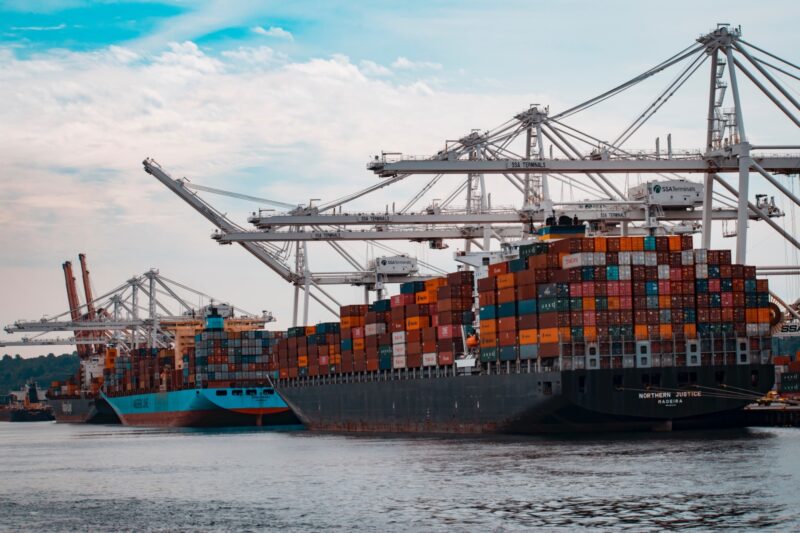International shipping and aviation emissions goals both “Critically insufficient”
Share

Climate Action Tracker global update: International shipping and aviation emissions goals both “Critically insufficient”
In its first major assessments of international shipping and aviation, the Climate Action Tracker has rated the 2030 climate targets for both sectors as “Critically insufficient”, and concludes that emissions may continue to rise sharply despite the impact of COVID-19, not least because the actions currently proposed are far too weak.
While the International Civil Aviation Organization (ICAO) has a goal of “carbon neutral growth from 2020”, CORSIA, the scheme it has set up to achieve it, is unlikely to do so: it will probably cover less than half of international aviation emissions between now and 2035 and is likely to allow compensation without real emission reductions elsewhere.
As global CO2 emissions would need to reduce to net zero by 2050 to be in line with the 1.5°C temperature limit, aviation would have to make an equivalent contribution. However, CORSIA’s expected emissions unit prices are unlikely to trigger investments in measures to reduce CO2 emissions from international aviation towards zero by 2050, and provide little or no incentive to roll out innovative zero carbon technology.
The aspirational goal has now been further undermined by an industry move to change the baseline year to 2019, just ahead of emissions plummeting during the COVID-19 crisis, which would eliminate the requirement for any reductions through CORSIA in the coming years.
“The ICAO Council is currently in session and should review the already insufficient target of carbon neutral growth from 2020 and approve strict guidelines that ensure the target is actually met and the aviation industry initiates action to fully decarbonise to be in line with the Paris Agreement,” said Prof Niklas Höhne of NewClimate Institute.
The international shipping industry organisation, the International Maritime Organization (IMO), has adopted an initial strategy for reducing emissions, with a 2030 target and a 2050 goal, but despite its very limited and slow policy action, the sector is already three quarters on the way to overachieving its intensity 2030 target, and emissions are expected to soar way above its 2050 goal. A key meeting of its environment committee that would have seen efforts to increase country action has been indefinitely postponed.
The analysis also shows that liquefied natural gas (LNG) is not an option that would support a transition to zero CO2 emissions, and could actually increase international shipping’s climate impact when taking the whole life cycle of all greenhouse gases into account. Investments in LNG facilities are growing and could lead to stranded assets or perpetuate a carbon “lock-in” effect as ships and on shore LNG infrastructure will make it harder to transition to low-carbon fuel.
“There is tremendous potential for the international shipping industry to decarbonise completely and reach zero emissions by 2050, yet there is very little sign of this sector is moving anywhere near fast enough, and certainly nowhere near a Paris Agreement pathway,” said Bill Hare of Climate Analytics.
“Simply invoking the obvious measure of energy efficiency on new ships doesn’t cut it, and the industry must rule out LNG as an option.”
The CAT has developed a new methodology to rate action from the two sectors and its rating of “Critically insufficient” for both is consistent with warming of 4˚C – if other sectors took a similar approach. Under a Paris Agreement compatible pathway, both sectors’ CO2 emissions should be zero by 2060, as should all emissions from energy and industrial processes.
You can read more and download the full assessments on the Climate Action Tracker website.











